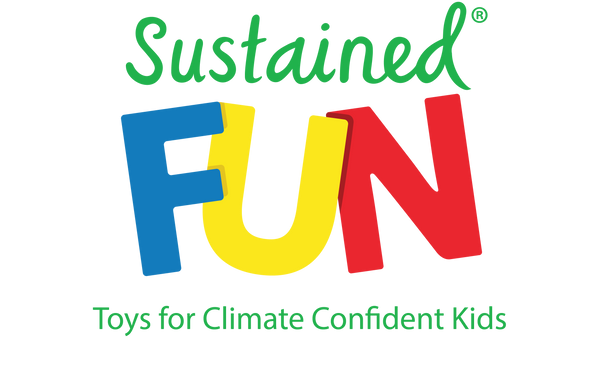The first jigsaw puzzle from Wild Fixes explains the Whale Pump in a beautiful artwork depicting the natural biological cycle of whales and some of the fascinating and mysterious creatures found in the deep ocean.

Wild Fixes is all about the wild places that are essential in fixing the climate crisis by absorbing carbon. Wild Fixes takes kids on world-wide adventures meeting people and wild places making a difference to climate change! So why did we choose to launch Wild Fixes with a jigsaw puzzle called Whale Poo and CO2?
Did you know that whales are essential in fixing the climate crisis?
Whales’ deep sea diving and interaction with phytoplankton takes CO2 from the atmosphere and locks it away on the ocean floor. This cycle is called the Whale Pump and is an example of a way natural systems can help us combat the climate crisis.
The International Monetary Fund recently put a dollar ‘valuation’ on each whale alive today. I’m uncomfortable valuing animals, plants and ecosystems (or humans for that matter) only for the money they can save or generate because this is how we got into this mess in the first place. Putting a price on whale’s heads and valuing them for what they can give humans resulted in nearly wiping them out, but if learning the dollar value is useful in convincing you of the need to increase whale populations, you can read more here.
The contribution of whales to the health of the oceans, the world’s ecosystem and the future of humanity is staggering. There are currently about 1.3 million whales but if we can get back to the pre-whaling numbers of 5 million then they could capture 1.7 billion tonnes of CO2 annually!
How do whales sequester carbon?
There are two main ways whales sequester carbon. The first is by accumulating CO2 in their bodies. It’s estimated that on average each whale’s body contains 33 tonnes of carbon. When they die, they sink to the ocean floor and this carbon is locked away for centuries.

The other way is by feeding deep in the nutrient-rich ocean then coming up to the surface to breathe and poo. The high nutrient poo feeds phytoplankton - tiny organisms that absorb carbon and release oxygen. It’s the phytoplankton that are essential in fighting the climate crisis. Phytoplankton absorb 40% of human-generated carbon and produce half the world’s oxygen - this is equivalent to four Amazon rainforests of trees.

The solution is low-tech
Why are we spending millions experimenting with high tech solutions to capture carbon from the air and store it underground, solutions that require high energy input, are untested with unknown future consequences, when all we need to do is invest in protecting whales and their habitat? A solution that has been perfected over millions of years of evolution, has no negative side effects and has numerous positive ones - increasing the health of the oceans, increasing fisheries catches, improving human well being, increasing biodiversity.
Whale Poo and CO2 shows this complex and critical natural cycle in a beautiful 1000 piece jigsaw depicting creatures from the sea's surface to the ocean floor. It's a great family puzzle to inspire wonder of one of the earth's natural solutions to climate change. Get your copy from Wild Fixes!


